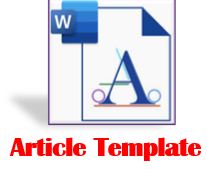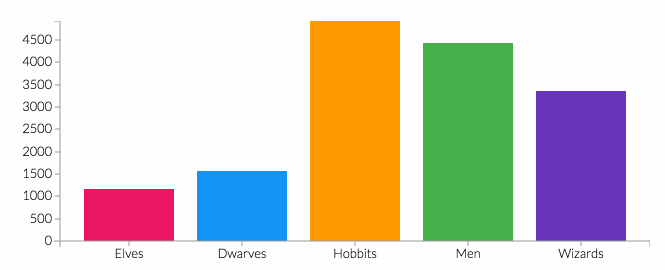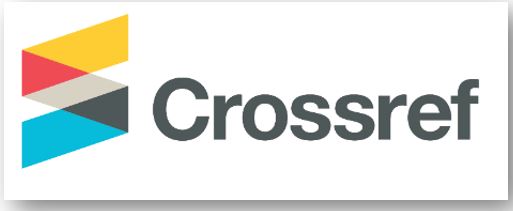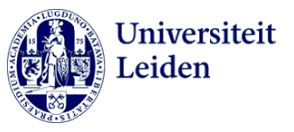Pelatihan Baca Tulis Arab Pegon Bagi Santri Madrasah Diniyah di Pesantren Bustanu Usyaqil Qur’an Kaliwungu Ngunut Tulungagung
DOI:
https://doi.org/10.61231/jp2m.v1i1.38Keywords:
pelatihan, baca tulis arab pegon, santri madrasah diniyah, training, pegon arabic reading and writing, madrasah diniyah’s student, training, pegon arabic reading and writing, madrasah diniyah’s studentAbstract
Pegon arabic reading writing and the kitab kuning are two things that must go hand in hand. Mastery of absolute pegon arabic reading and writing is necessary for learning the kitab kuning. The purpose of the pegon arabic reading and writing training at the Bustanu Usyaqil Qur'an Islamic boarding school is to provide students with mastery and skills in studying the kitab kuning who will graduate from the Ula level (dirasah qur'aniyah). This activity uses a participatory action research (PAR) approach through training methods and learning assistance with the stages: initial mapping, building relationships with the community, participatory mapping, developing movement strategies, implementing change actions, evaluating and reflecting. From the training that has been given, the students master the pegon arabic writing pattern and they can apply it in giving the meaning of the kitab as well as being able to read it correctly. Thus the pegon arabic reading and writing training at the Bustanu Usyaqil Qur'an Islamic boarding school is a provision for students at the Ula level (dirasah qur'aniyah) to master the Javanese pegon arabic reading and writing skills so that they are ready to take part in the study of the kitab kuning.
References
Abdul Rahmat, M. M. . G. U. N. G. (2019). Model Partisipasi Action Research Dalam Pemberdayaan Masyarakat. 62–71. http://ejurnal.pps.ung.ac.id/index.php/AKSARA/index
Afandi, A. (2014). Modul Participatory Action Research (PAR). LPPM IAIN Sunan Ampel.
Bawani, I. (1993). Tradisionalisme dalam Pendidikan Islam. Al-Ikhlas.
Chiari, N. N., & Zahid, R. A. (2019). Rekonstruksi Pembelajaran Kitab Kuning Untuk Mewujudkan Kemahiran Santri Dalam Memahami Kitab Kuning Di Lembaga Lajnah Bahtsul Masa-Il (LBM) Al-Mahrusiyah Putri. Indonesian Journal of Islamic Education Studies (IJIES), 2(2), 183–192. https://doi.org/10.33367/ijies.v2i2.1010
Direktorat Pendidikan Diniyah dan Pondok Pesantren Kementerian Agama Republik. (2014). Pedoman Penyelenggaraan Madrasah Diniyah Takmiliyah (Vol. 1, Issue 1).
Elmubarok, Zaim, D. Q. (2020). Bahasa Arab Pegon Sebagai Tradisi Pemahaman Agama Islam Di Pesisir Jawa. Lisanul’ Arab: Journal of Arabic Learning and Teaching, 9(1), 61–73.
Fauzi, M. (2021). Relevansi Makna Pegon Dalam Kajian Tafsir Al-Qur’an Di Era Milenial. Tadris: Jurnal Penelitian Dan Pemikiran …, 15(2), 38–47. http://ejournal.iainutuban.ac.id/index.php/tadris/article/view/180%0Ahttps://ejournal.iainutuban.ac.id/index.php/tadris/article/download/180/161
Irawan, K. A., Ahyani, H., Jafari, A., & Rofik, A. (2021). Pendidikan Islam Melalui Tradisi Keagamaan Problem dalam dunia Pendidikan Pendidikan Islam walaupun mempunyai Pendidikan Islam sebagai wadah bingkai toleransi dimana Qur ’ an dan Hadis. 2(1), 52–65.
Kosasih, E. (2018). Partisipatory Action Research (Par) Implementasi Kebijakan Wajib Belajar Pendidikan Dasar Sembilan Tahun Di Kabupaten Serang. Jipags, 2, 323–347. https://khamdanguru.wordpress.com/2012
Lesmana, F., Kusman, M., Ariyano, A., & Karo Karo, U. (2016). Metode Latihan (Drill) Untuk Meningkatkan Hasil Belajar Peserta Didik Dalam Menggambar Autocad1. Journal of Mechanical Engineering Education, 1(2), 246. https://doi.org/10.17509/jmee.v1i2.3809
Mutakin, A. (2018). Kitab Kuning dan Tradisi Intelektual Nahdlatul Ulama (NU) dalam Penentuan Hukum (Menelisik Tradisi Riset Kitab Kuning). Syariah Jurnal Hukum Dan Pemikiran, 18(2), 192. https://doi.org/10.18592/sy.v18i2.2270
Nahdiyah, U., & Zamroji, N. (2021). Peran Madrasah Diniyah Musyawirul Ulum dalam Menanamkan Karakter Religius anak di Tenggong Kademangan. 5(4), 558–562.
Nata, A. (2001). Sejarah Pertumbuhan dan Perkembangan Lembaga Pendidikan Indonesia. Grafindo Persada.
Nizah, N. (2016). Dinamika Madrasah Diniyah: Suatu Tinjauan Historis. Edukasia?: Jurnal Penelitian Pendidikan Islam, 11(1), 181–202. https://doi.org/10.21043/edukasia.v11i1.810
Sabela, R., Oktaviani, T., & Saryanto, S. (2022). Pendampingan Belajar dan Efektifitas Pendampingan Belajar Siswa di Masa Peralihan. Dedikasi?: Jurnal Pengabdian Kepada Masyarakat, 1(1), 32–39. https://doi.org/10.53276/dedikasi.v1i1.8
Saonah, S. (2018). Meningkatkan Kemampuan Membaca Dan Menulis Permulaan Dengan Media Gambar Di Kelas I Sd Negeri 222 Pasir Pogor. Jurnal Elementaria Edukasia, 1(1), 101–107. https://doi.org/10.31949/jee.v1i1.812
Wahyuni, S., & Ibrahim, R. (2017). Pemaknaan Jawa Pegon dalam Memahami Kitab Kuning di Pesantren. Manarul Qur’an: Jurnal Ilmiah Studi Islam, 17(1), 4–21. https://doi.org/10.32699/mq.v17i1.920
Downloads
Published
How to Cite
Issue
Section
License
Copyright (c) 2023 Tika Mardiyah Tika, Achmad Fudhaili, Ahmad Fikri Amrullah, Alfa Mardiyana, Muhammad Afthon Ulin Nuha

This work is licensed under a Creative Commons Attribution 4.0 International License.
You are free to:
- Share — copy and redistribute the material in any medium or format for any purpose, even commercially.
- Adapt — remix, transform, and build upon the material for any purpose, even commercially.
- The licensor cannot revoke these freedoms as long as you follow the license terms.
Under the following terms:
- Attribution — You must give appropriate credit , provide a link to the license, and indicate if changes were made . You may do so in any reasonable manner, but not in any way that suggests the licensor endorses you or your use.
- No additional restrictions — You may not apply legal terms or technological measures that legally restrict others from doing anything the license permits.
Notices:
You do not have to comply with the license for elements of the material in the public domain or where your use is permitted by an applicable exception or limitation .
No warranties are given. The license may not give you all of the permissions necessary for your intended use. For example, other rights such as publicity, privacy, or moral rights may limit how you use the material.


















